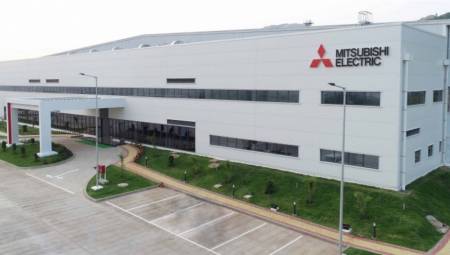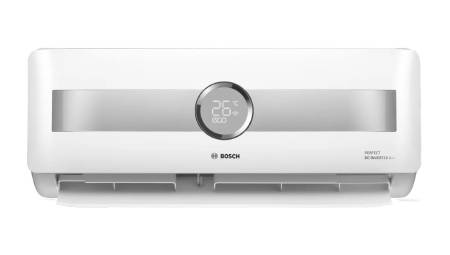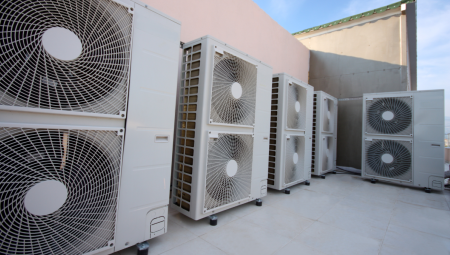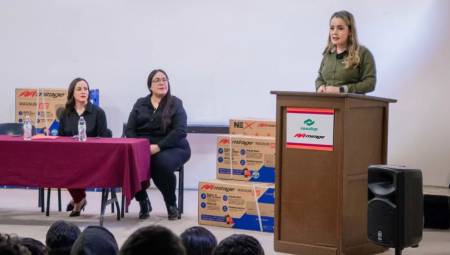 We share a Case Study in which the company Steril-Aire ventures into the floricultural industry with the use of UVC technologies for decontamination.
We share a Case Study in which the company Steril-Aire ventures into the floricultural industry with the use of UVC technologies for decontamination.
by José Edwin Rivadaneira C.*
A spiritual present of beauty through the ages has been flowers. The rose is a symbol of this beauty and is the main ornamental flower best-selling in the world, present in a range of colors with various shades and shades: red, white, pink, yellow, lavender, etc., born in thorny and vertical stems.
The flower plantations are located in areas with adequate temperatures and with luminosity of around 6 to 8 hours a day, Ecuador, with privileged climate (warm days and cold nights, the sun, pure water and twelve hours of sunlight during the 365 days of the year), produces the most beautiful flowers on the planet: Lisianthus, sunflowers, hypericum, snapdragons, belladonna, lathifolia, gingers, eringyuns, perglis, craspedias and veronicas. They are some of the varieties that satisfy the taste and demand of customers around the world.
With more than 3,000 hectares, thanks to the climatic conditions, Ecuador is the main producer of roses in extension, above Colombia, Kenya and Ethiopia, known internationally for the quality of roses that exports and produces more than 400 varieties with unique characteristics, such as stems about 2.20 meters high.
Visiting a plantation, breathing its fresh air, getting to know the greenhouses and their process, is a unique experience; they are settled in strategic and favorable places for floriculture in the valleys where there is enough lighting and temperatures that favor a high productive yield.
For the cultivation of roses the soil should be well drained, aerated and avoid waterlogging. Roses tolerate acidic soil, although the pH should be maintained around 6. They do not tolerate high levels of calcium, soluble salts that exceed 0.15% or chlorine, Soil disinfection can be carried out with heat or other treatment that meets the requirements of the crop.
Without pest and disease control, plus pollution of water, air and soil, rosemary diseases are generated: Hairy mildew or blight (Peronospora sparsa), Gray mold or botrytis (Botrytis cinerea), Galls or tumors (Agrobacterium tumefaciens), Nematodes (Meloidogyne, Pratylenchus, Xiphinema).
Plantations need the intensive use of pesticides. To obtain a flower you need to use an average of 80 kinds of chemicals such as fertilizers, pesticides, etc., and a series of inputs and implements such as plastics, containers, etc., the same that after a while are thrown into the environment generating pollution to the waters, soil and air.
Workers, who remain in contact with pesticides for a long time, are sensitive to disease and poisoning in flower plantations.
In order to achieve a viable alternative and reduce the use of pesticides, it was proposed to carry out tests with steril Aire's C-Band Ultraviolet Light system. Based on irradiation by means of an Emitter, of high performance whose spectrum is between 250 nM and 260nM, which modifies the DNA of the microorganisms, avoiding their reproduction and creating an asepsis of 99.9% of effective decontamination.
The Steril Aire UVC Ecuador project, aware of the value and time of decontaminating the environment, aligned with the responsible legacy to future generations, initiates a state-of-the-art decontamination alternative, a different treatment, which does not use pesticides and toxic fertilizers.
It is worth mentioning this proposal as a management tool that ensures decontamination without affecting the environment, with a friendly product and a great added value.
As part of the project, it has also been proposed to sterilize the cold rooms and storage cellars of the roses, for which the Steril Air refrigeration equipment emitters were installed.
To perform tests on the plants in the laboratory, the infected stems were first irradiated using a handheld unit - Steril Wand - thus confirming the germicidal action of UVC. With this result, a Minicar was designed for irradiation in the plantation thinking of combating and eliminating pests from the soil and at the stem level. Laboratory efficacy on Botrytis molds, and certain fungi, was revalidated and tested.
Quality is a combined result of variables and factors that condition the process: What is the effect on the color of the petal and condition of the plant? We hope in the last phase of the project to validate the disappearance of gray fungal growth. As well as achieving the healing of wounds originated during pruning, since they are vulnerable and easily conquered by the pathogen.
* José Edwin Rivadeneira is in charge of the integral maintenance and environmental decontamination area of Cosermain Cia. Ltda. you can contact him by email [email protected]













